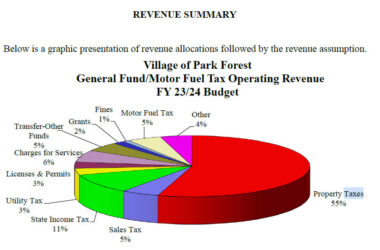 Commentary
Commentary
Inside the First Amendment
By Gene Policinski
First Amendment Center vice president/executive director
When should it matter what a reporter or a television correspondent looks like or where he or she comes from?
The answer to that question is both “never” and “always.”
There is an argument made by some that ethnic or racially focused stories cannot accurately be reported by someone who is outside that ethnic or racial group. But by that theory, only former officials should report on government proceedings, only former athletes should provide sports scores and former criminals might well qualify ahead of others in reporting crime stories.
Better the alternative: Well-qualified reporters, photographers, editors, correspondents and news anchors trained to professionally gather facts and report the news — regardless of gender, race or ethnic background.
But it’s also necessary to have a diverse news staff that reflects — at a minimum — the community or area on which it reports. Knowing what news stories to cover and where to find them is a critical component in the process of journalism, along with the ability to report those stories accurately and fairly.
The nation’s newspaper editors and publishers gathered for their annual meetings recently in Washington, D.C., amid reports of falling circulation, declining profits and stalled efforts at diversifying newsrooms. Not all of the news was bad: Newspapers increasingly are turning to electronic products to deliver news faster; and innovative, multimedia approaches are building audiences (if not necessarily earnings, yet).
Amid the gloom and glad news of this major media week, a seismic shift took place that’s worthy of note: Groups that represent minority journalists have declared “dead” a decades-long effort by mainstream news media groups to significantly increase the diversity of newsrooms through hiring, largely at the entry level.
According to a report published April 13 by the newspaper-industry journal Editor & Publisher, the groups “declared they would concentrate their efforts on getting journalists of color into senior management.”
How many minority journalists are at work in newspaper newsrooms around the nation? The American Society of Newspaper Editors’ new census says the proportion of minority journalists working at daily newspapers essentially was unchanged from last year, at just under 13.5%. In real numbers, that’s about 7,100 journalists this year.
Granted, the First Amendment’s 45 words, protecting our right of free press, don’t touch on any of this. There’s no diversity requirement, nor even words compelling truthfulness or fair treatment, in news. But in an era of deep skepticism about press motives, bias and professionalism, it would seem all of those qualities are required to maintain — or, as many polls would indicate, win back — public trust of America’s news media.
A free press is protected by the First Amendment — but the real strength of that protection ultimately exists only with consent of the public, a fact both acknowledged by advocates and exploited by critics through the nation’s history.
The United States increasingly is a nation of sizable minority groups, and all of us must come to grips in new, global ways with a world facing economic, ethnic, racial and religious conflicts.
Having newsrooms full of people savvy about a wide range of potential print or Internet readers, and having a diverse staff prepared to suggest and pursue stories that matter to more people in a community or to the nation, would seem a great way to add to the bottom line as well as the public’s sense of why a free press is important.
Outgoing ASNE president Gilbert Bailon of the St. Louis Post-Dispatch reminded his colleagues at the group’s April 16 closing session that “a generic, monochromatic newsroom” won’t meet the needs of the communities newspapers serve.
The First Amendment is not monochromatic, either. Its five freedoms — including freedom of the press — are there to encourage and protect the widest possible diversity of thought, ideas and expression.
Gene Policinski is vice president and executive director of the First Amendment Center, 555 Pennsylvania Ave., N.W., Washington, D.C. 20001. Web: www.firstamendmentcenter.org. E-mail: [email protected].








